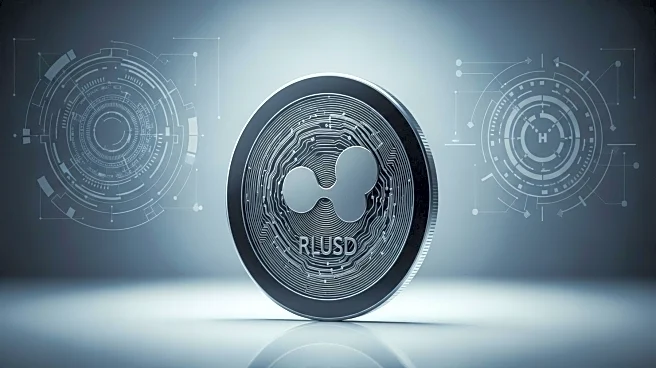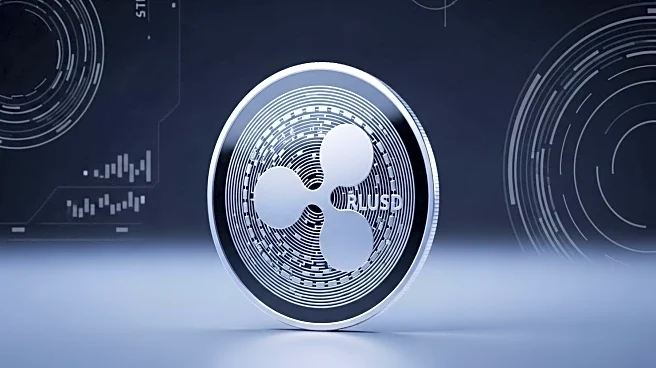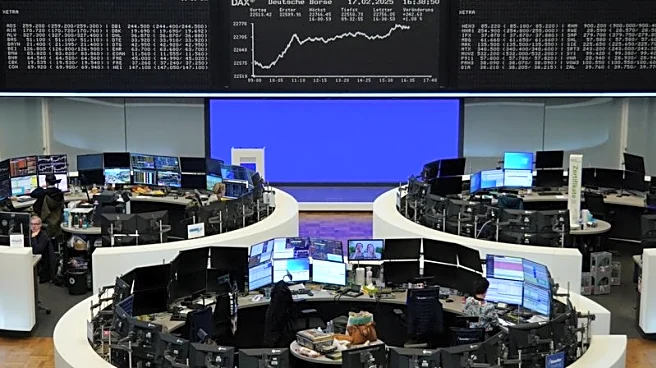What's Happening?
Ripple's RLUSD stablecoin is gaining significant traction as a regulated financial tool, bridging traditional finance and decentralized finance (DeFi). The GENIUS Act in the U.S. and MiCA regulations in Europe have provided legal clarity, classifying payment stablecoins like RLUSD as cash equivalents. This has spurred demand for RLUSD, which is fully backed by U.S. dollars and government bonds, and undergoes monthly audits. Ripple's strategic partnerships, such as with SBI VC Trade in Japan, ensure compliance with local regulations, further enhancing RLUSD's appeal. The SEC's ruling affirming XRP's non-security status has removed legal barriers, facilitating RLUSD's adoption in institutional portfolios. RLUSD's dual-blockchain architecture allows for high-frequency transactions and DeFi integration, making it a cornerstone in collateralized lending and tokenized asset settlements.
Why It's Important?
The institutionalization of stablecoins like RLUSD marks a pivotal shift in the financial landscape, transforming them from speculative assets to essential tools for liquidity and settlement. This shift is driven by regulatory clarity, which attracts institutional investors seeking compliance and transparency. RLUSD's rapid adoption highlights the growing importance of stablecoins in cross-border payments and traditional capital markets. As stablecoin issuance is projected to reach $10 trillion by 2028, tokens with robust compliance frameworks are expected to dominate the market. This development underscores the role of regulated stablecoins in enabling cross-border efficiency, yield optimization, and regulatory compliance, redefining the boundaries between traditional and decentralized finance.
What's Next?
Ripple plans to further align RLUSD with the GENIUS Act and expand into Europe under MiCA regulations, enhancing its global institutional appeal. The token's integration into real-world asset platforms like Ondo Finance's tokenized U.S. Treasuries highlights its potential to disrupt traditional settlement systems. RLUSD's dual-chain architecture positions it to serve both enterprise and retail markets, offering flexibility and interoperability. As RLUSD's supply continues to grow, it exemplifies how stablecoins are becoming integral to institutional-grade blockchain finance.












